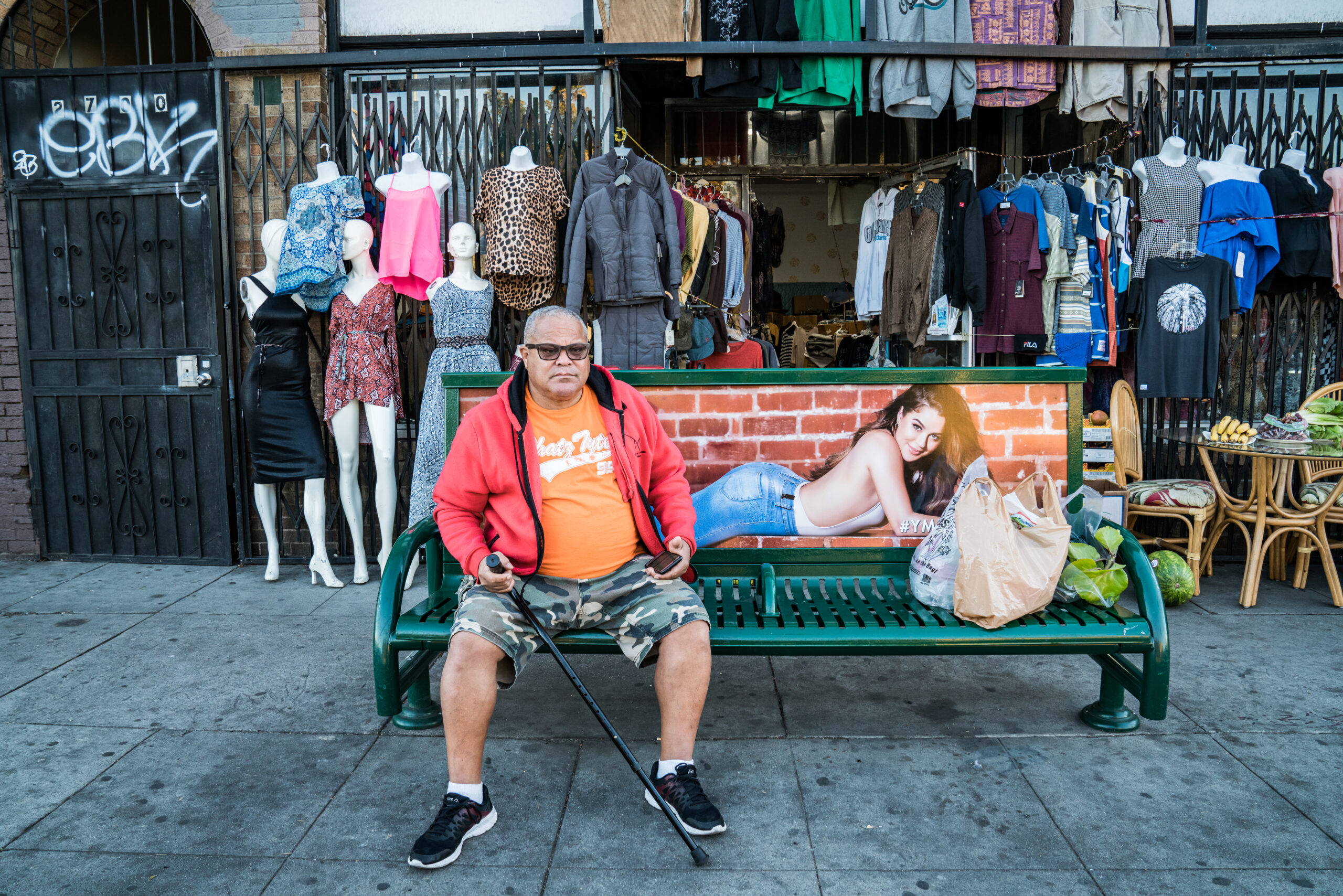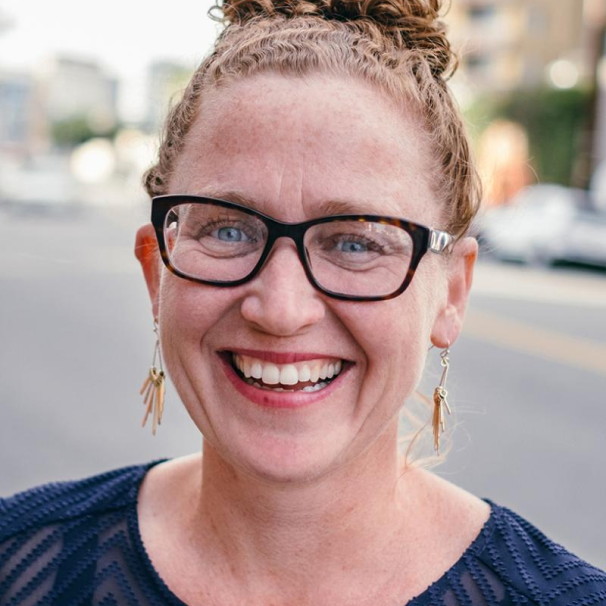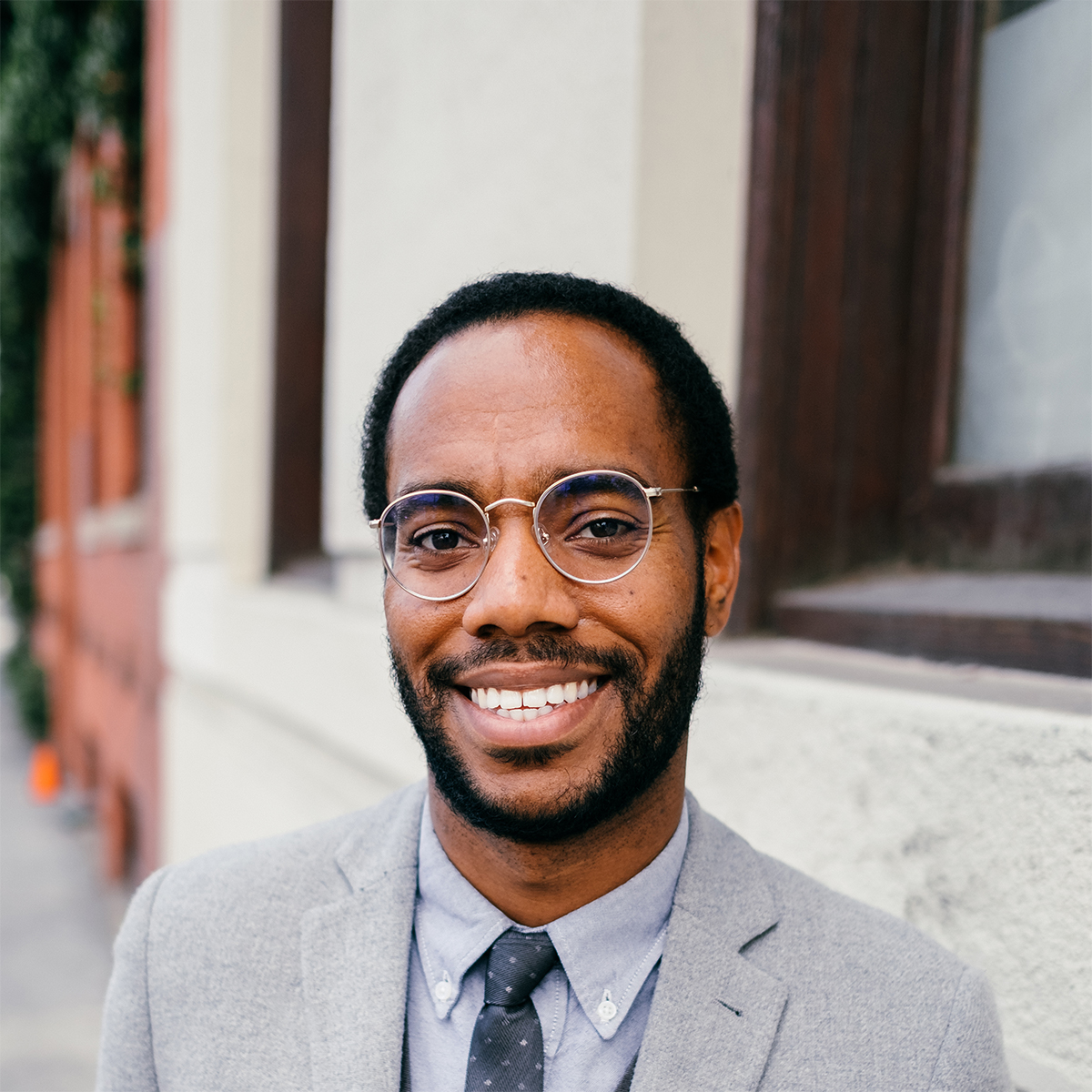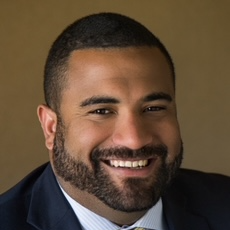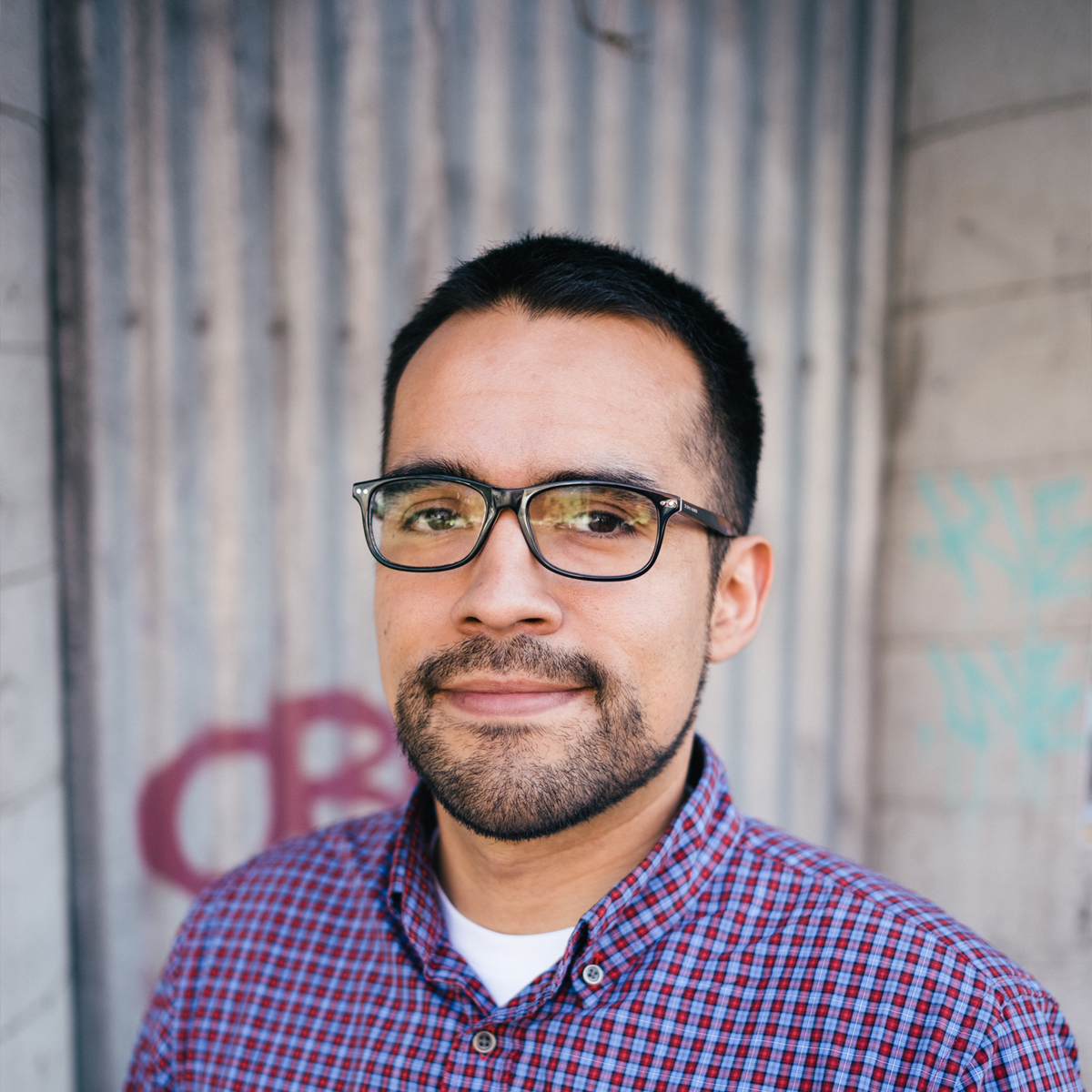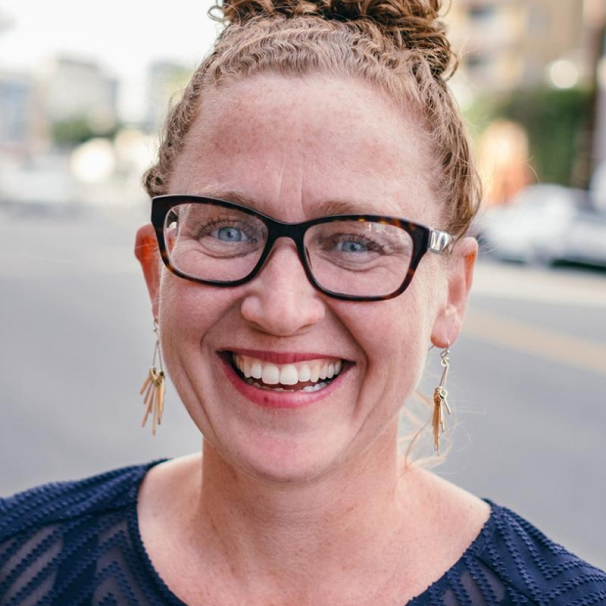Examining Sidewalk Infrastructure Policies for Inclusive Access and Equity
Earlier this month, nearly 50 people from various backgrounds, including community members, city staff, organizations, and design firms, gathered online last week to discuss the challenges and potential solutions for sidewalk policies in 30 cities, with a focus on the City of Los Angeles.
Missed it?
- Watch the video here
- Review Jessica’s presentation
- Review Laura’s presentation
LA’s Sidewalk Dilemma
Los Angeles is home to 9,000-11,000 miles of sidewalks, but the infrastructure has been under stress and neglected for decades. Investing in Place’s executive director Jessica Meaney provided an overview of the city’s backlog: over 50,000 repair requests remain unresolved, and there is a 10-year wait for access ramp installations. This lack of resources and organization makes it difficult for people, particularly those with disabilities, to safely and equitably access and navigate LA’s neighborhoods.
One major issue is LA’s unsuccessful 2016 “fix-and-release” policy, which only addresses a small percentage of the city’s sidewalks. As a result, sidewalks are often left in disrepair, contributing to a fragmented public right-of-way. With no centralized sidewalk program since the 1970s, the burden largely falls on property owners, many of whom lack the resources to make repairs. The liability, however, still falls on the City of Los Angeles.
The Broader Landscape: 30 Cities’ Sidewalk Policies
USC Ph.D. student Laura Messier shared her research in which she examined the sidewalk policies of 30 U.S. cities, revealing that LA’s challenges are far from unique. She found that 23 of the 30 cities place the responsibility for sidewalk maintenance on property owners, with only 13 of these cities offering financial assistance. This decentralized approach often results in inconsistent enforcement (LA City Council suspended sidewalk enforcement), with most cities relying on complaint-based systems like 311 instead of proactively inspecting their sidewalks. Laura noted that only four cities have proactive inspection programs, such as Denver’s 11-year cycle and Seattle’s sidewalk condition assessment report. Additionally, just four of the seven cities where the city assumes responsibility for sidewalks have a comprehensive plan.
Laura emphasized that many cities struggle to manage sidewalk maintenance sustainably, often facing deferred maintenance costs that continue to grow. Cities with proactive inspection programs, like Denver and Seattle, are the exception rather than the rule. Enforcement mechanisms are also lacking, with only a few cities, such as San Francisco, actively enforcing their sidewalk regulations.
She suggested that transitioning responsibility for sidewalks to city governments is a critical step forward, as it aligns with the need for accessible, equitable pedestrian networks. Laura underscored the importance of operationalizing Complete Streets policies to create a connected transportation system that ensures access for all. She also called for a more systemic approach to equity, pointing to the Dallas sidewalk prioritization framework as a useful model.
Lastly, she proposed a social ecological model for sidewalk management, which links individual health outcomes to broader environmental and societal factors.
Moving Toward Solutions
Jessica and Laura agreed that the key to improving sidewalk infrastructure is centralizing responsibility and creating a coordinated approach. This would involve cities directly overseeing sidewalk maintenance rather than relying on property owners. Laura pointed to Dallas’ equity-based prioritization framework and Denver’s shift toward taking city-level responsibility as potential models for other cities, including LA.
Another significant takeaway from the workshop was the opportunity to integrate sidewalk policies with broader health and equity initiatives. Laura proposed a social-ecological model that connects sidewalk networks to public health, emphasizing that better sidewalks promote mobility and individual and community well-being. She suggested looking into innovative funding mechanisms like adding sidewalk fees to utility bills or incorporating sidewalk improvements into Complete Streets policies to ensure they align with public transportation goals.
Next Steps
After a group discussion, the workshop concluded with a call to action for cities to prioritize sidewalks as essential infrastructure and view them through equity and accessibility. By centralizing maintenance responsibilities, increasing efficiency, and securing dedicated funding, cities can begin to address the significant sidewalk backlog and create a more inclusive public realm.
Investing in Place is committed to advocating for leveraging public space to improve the quality of life of all Angelenos and visitors.
Key Action Items:
- Support a Citywide Sidewalk Inventory: Urge Mayor Karen Bass to back the Bureau of Engineering’s ongoing pilot project. (Click here to email the Mayor.)
- Stay informed on City Council discussions and consider submitting a comment letter for the following files related to sidewalks and the 2028 Olympic and Paralympic Games:
- Council File 21-1469: Sidewalk Maintenance and Repair Program / Curb Cuts / Backlog / Mobility / Safety
- Council File 21-1469-s1 Pilot Pedestrian Facility Inventory and Assessment Program / Scope and Methodology
- Council File 15-0989-S29: 2028 Olympic and Paralympic Games (LA 2028) / Street and Sidewalk Improvement and Maintenance Plan
- Learn from Denver’s example: Follow up on Denver’s transition to city-level responsibility for sidewalk maintenance.
- Leverage the 2028 Olympics: Advocate for improved accessibility and livability along LA’s sidewalks in preparation for the 2028 Olympic and Paralympic Games.
This discussion is part of a larger national movement for inclusive, accessible sidewalks and aligns with Investing in Place’s campaign for a Capital Infrastructure Plan for Los Angeles.
Workshop Background:
Speaker Bio: Laura Messier is a PhD student in Population, Health and Place at the University of Southern California with an interest in built environment impacts on behavior and health, inequities between demographic groups, and the governmental policies and systems that shape built environments. She received her Bachelor of Architecture degree in 2008 from the University of Texas at Austin, practiced architecture in New York and San Francisco, and is a Registered Architect in California.
She served on committees for the Strategic Mobility and Sidewalk Master Plans in Dallas from 2020 to 2021 and is working to translate that experience and research of sidewalk policies in the 30 most populous U.S. cities into action. She holds a graduate certificate in Geographic Information Systems from the University of Texas at Arlington, where she was named a National Institute for Transportation and Communities Scholar in 2020. In 2022, she was awarded a National Science Foundation Graduate Research Fellowship to continue her work studying sidewalks and the public right-of-way. Get in touch! You can reach Laura at lmessier@usc.edu
Resources and Related Materials re: LA City Sidewalks:
- 2017 Investing in Place YouTube Explainer: LA Sidewalks 101
- 2021 Controller Ron Galperin Report: Repairing LA’s Broken Sidewalk Strategy
- 2022: Investing in Place Sidewalk Policy Brief
- 2023 Bureau of Engineering Report: Recommendations for Improvements or Changes to the City’s Sidewalk Programs
- 2024: Investing in Place: Concrete Dreams Online Workshop Recap
- 2024 Steve Lopez, Los Angeles Times: L.A.’s cracked, ruptured sidewalks are a scandal. Where is City Hall?
- 2024 Steve Lopez, Los Angeles Times: Need a sidewalk fixed in L.A.? It could take City Hall 10 years if you’re lucky
- 2024 Investing in Place: The Scale, Scope, and History of LA’s Sidewalks: A Foundation for Understanding Current Challenges
- 2024 Investing in Place: LA’s Fix-and-Release Policy: A Do-Nothing Approach to Sidewalk Maintenance
- 2024 Investing in Place: LA Sidewalks: Where Life Happens, and Infrastructure Policy Doesn’t
